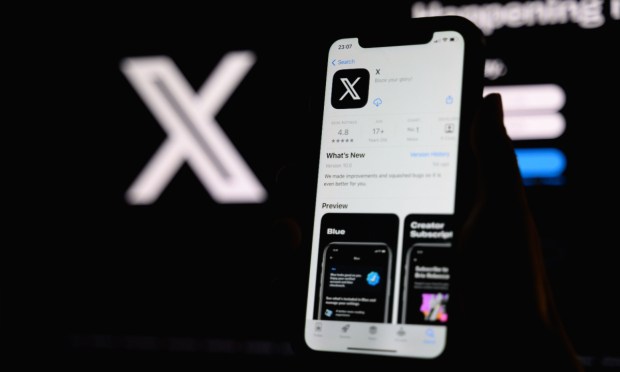Elon Musk: X Will Eliminate Block Feature

X owner Elon Musk said Friday (Aug. 18) that users of the social media platform formerly known as Twitter will no longer be able to block content posted by unwanted followers.
“Block is going to be eliminated as a ‘feature’, except for DMs [direct messages],” Musk said in a reply to a user who asked about the feature. “It makes no sense,” he added in a follow-up reply.
It makes no sense
— Elon Musk (@elonmusk) August 18, 2023
Answering another user who questioned the decision, Musk responded: “You will still be able to mute accounts and block users for DMs.”
You will still be able to mute accounts and block users for DMs
— Elon Musk (@elonmusk) August 18, 2023
The block function enables users to prevent content from specified users from showing up in their feed and stops those users from commenting on their posts, CNBC reported Friday. The mute feature, on the other hand, keeps that content from being visible to the user who muted it, but not from other users.
Musk didn’t say more about why the block feature would be eliminated, or when that move would be made.
Some of the platform’s users have used the block feature to eliminate spam replies, to protest the platform’s prioritizing subscribers’ content over that of non-paying users and to remove harassment from their feeds, TechCrunch reported Friday.
Since being acquired by Musk for $44 billion last year, X has undergone a dramatic renewal process that has included the layoff of numerous employees, the reactivation of numerous previously banned accounts, and, most recently, the rebranding of the company.
In another recent change, the popular Twitter management tool X Pro, formerly known as TweetDeck, became a subscriber-only feature on Wednesday (Aug. 16) after historically being free to use. X Pro allows users to view and customize multiple feeds in real time.
A day before that, on Tuesday (Aug. 15), it was reported that X was ending its promoted accounts offering. Promoted accounts, which are also known as “Follower Objective” ads, are one of the platform’s oldest ad formats and generate $100 million of X’s annual revenue.
In another upcoming change, X will continue rolling out brand-safety tools for advertisers. One example of these offerings is a recently launched “keyword avoidance tool” that enables brands to better control the content their ads are appearing next to.

